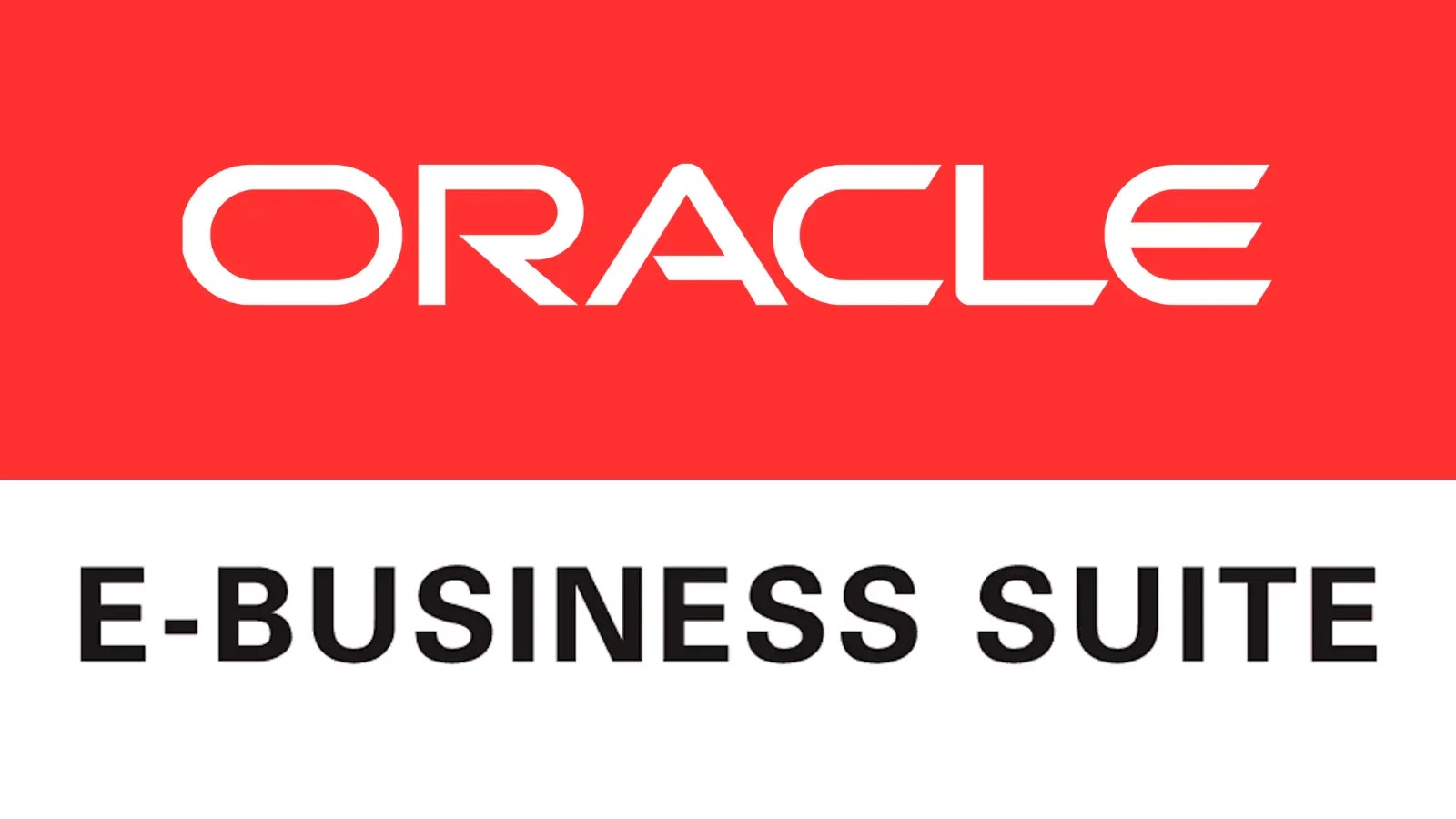
Oracle E-Business Suite RCE Vulnerability Exposes Sensitive Data to Hackers Without Authentication
A recent critical vulnerability in Oracle E-Business Suite (EBS) has sent ripples of concern through enterprises globally, particularly those that rely on this ubiquitous platform for core financial, supply chain, and human resources operations. This serious flaw allows unauthenticated attackers to remotely access sensitive data, posing a significant risk to organizational integrity and data privacy.
Understanding the Oracle E-Business Suite RCE Vulnerability
Oracle has officially disclosed a critical Remote Code Execution (RCE) vulnerability within its E-Business Suite, specifically impacting the Oracle Configurator component. Identified as CVE-2025-61884, this security flaw was detailed in a security alert released on October 11, 2025. What makes this vulnerability particularly alarming is its unauthenticated nature, meaning an attacker does not need legitimate credentials to exploit it.
The Oracle E-Business Suite is a comprehensive suite of business applications, and the Oracle Configurator plays a crucial role in managing complex product configurations, often integrating with sales, order management, and manufacturing systems. A compromise of this component can lead to unauthorized access to a vast array of sensitive data, including customer records, financial information, proprietary business logic, and potentially disruption of critical business processes.
The Impact of Unauthenticated Access
The ability for an attacker to gain remote access to sensitive data without authentication presents a worst-case scenario for any enterprise. Exploiting CVE-2025-61884 could result in:
- Data Exfiltration: Attackers can steal confidential business data, employee records, customer information, and financial data.
- System Compromise: Remote code execution often grants attackers deep access to the compromised system, potentially allowing them to install malware, create backdoors, or pivot to other systems within the network.
- Reputational Damage: A significant data breach can severely damage an organization’s reputation, eroding customer trust and leading to regulatory fines.
- Business Disruption: Tampering with configuration data or core business processes through this vulnerability could lead to operational paralysis and significant financial losses.
The fact that this vulnerability resides within a critical business application like Oracle EBS amplifies its potential impact, as these systems are often interconnected with many other enterprise technologies.
Remediation Actions for CVE-2025-61884
Immediate action is imperative for organizations utilizing Oracle E-Business Suite. Addressing CVE-2025-61884 requires a proactive and structured approach:
- Apply Oracle Patches Immediately: The most crucial step is to apply the security patch released by Oracle. Enterprises should refer to Oracle’s official security alert (October 11, 2025, CPU) for Oracle E-Business Suite and specifically for the Configurator component.
- Review and Harden System Configurations: Even after patching, it’s vital to review existing Oracle EBS configurations. Ensure least privilege principles are applied to all user accounts and system services interacting with the Configurator.
- Implement Network Segmentation: Isolate critical EBS components from less trusted networks. This can help limit an attacker’s lateral movement even if a vulnerability is exploited.
- Monitor for Malicious Activity: Enhance monitoring of Oracle EBS environments for unusual activity, unauthorized access attempts, or deviations from baseline behavior. Look for suspicious process executions, file modifications, or network connections originating from the Configurator component.
- Perform Regular Vulnerability Assessments: Conduct periodic vulnerability scans and penetration tests on your Oracle EBS deployments to identify and address potential weaknesses before attackers can exploit them.
Tools for Detection and Mitigation
Leveraging appropriate tools can significantly aid in the detection, assessment, and mitigation of vulnerabilities like CVE-2025-61884.
| Tool Name | Purpose | Link |
|---|---|---|
| Oracle Critical Patch Update (CPU) Advisories | Official source for security patches and advisories from Oracle. | https://www.oracle.com/security-alerts/ |
| Nessus | Vulnerability scanner to identify known vulnerabilities in Oracle EBS and other systems. | https://www.tenable.com/products/nessus |
| Qualys VMDR | Cloud-based vulnerability management, detection, and response platform. | https://www.qualys.com/apps/vulnerability-management-detection-response/ |
| SIEM Solutions (e.g., Splunk, IBM QRadar) | Log aggregation and analysis for detecting suspicious activities and unauthorized access. | https://www.splunk.com |
| Application Security Testing (AST) Solutions | Tools for static and dynamic analysis of applications to uncover vulnerabilities. | (No single vendor, varies by specific AST solution) |
Conclusion
The discovery of CVE-2025-61884 in Oracle E-Business Suite serves as a stark reminder of the persistent threat landscape facing critical enterprise applications. The unauthenticated nature of this RCE vulnerability means that even seemingly internal systems are exposed if not properly patched and secured. Enterprises must prioritize the immediate application of Oracle’s security patches and reinforce their overall cybersecurity posture to protect sensitive data and maintain operational integrity. Vigilance, timely patching, and continuous monitoring are not merely best practices but essential survival strategies in today’s interconnected digital environment.





